In java I am using float to store the numbers. I chose the float format as I am working both with integers and double numbers, where the numbers are different, there can be big integers or big double numbers with different number of decimals. But when I insert these numbers into database, the wrong number is stored. For example:
float value = 0f;
value = 67522665;
System.out.println(value);
Printed: 6.7522664E7 and it is stored in the database as 67522664 not as 67522665
